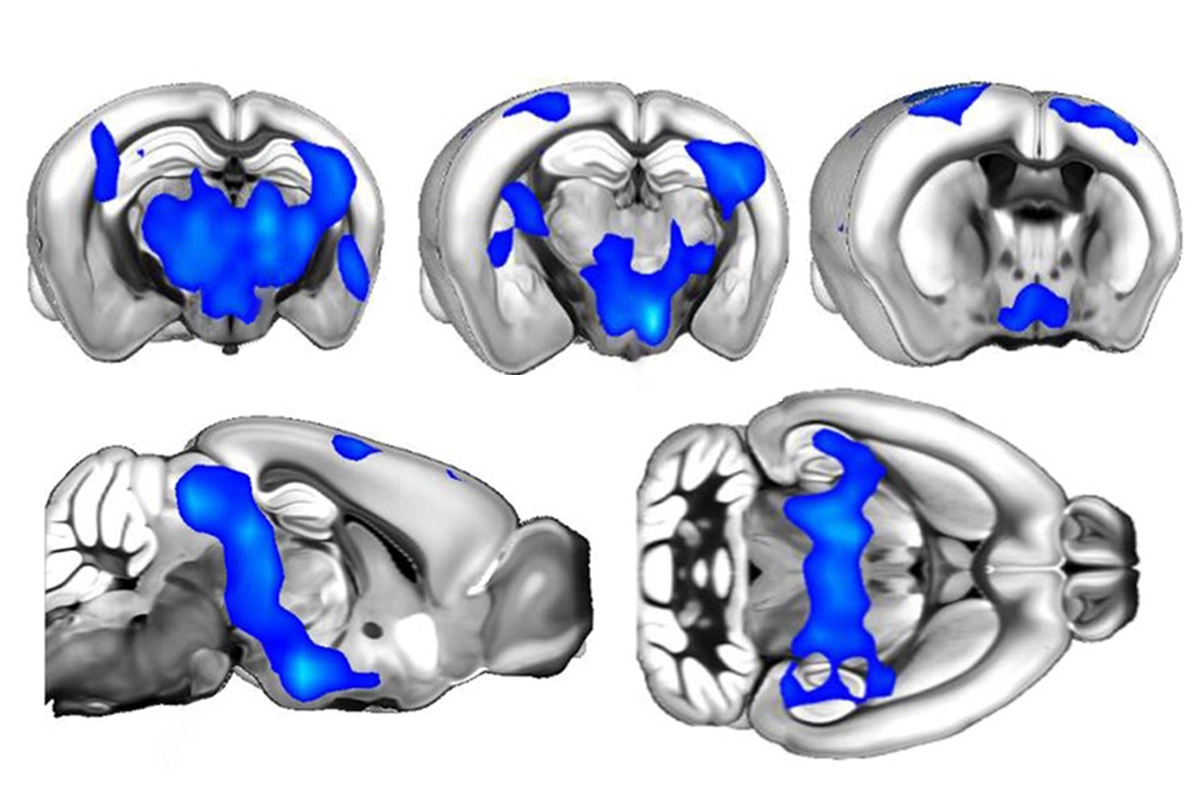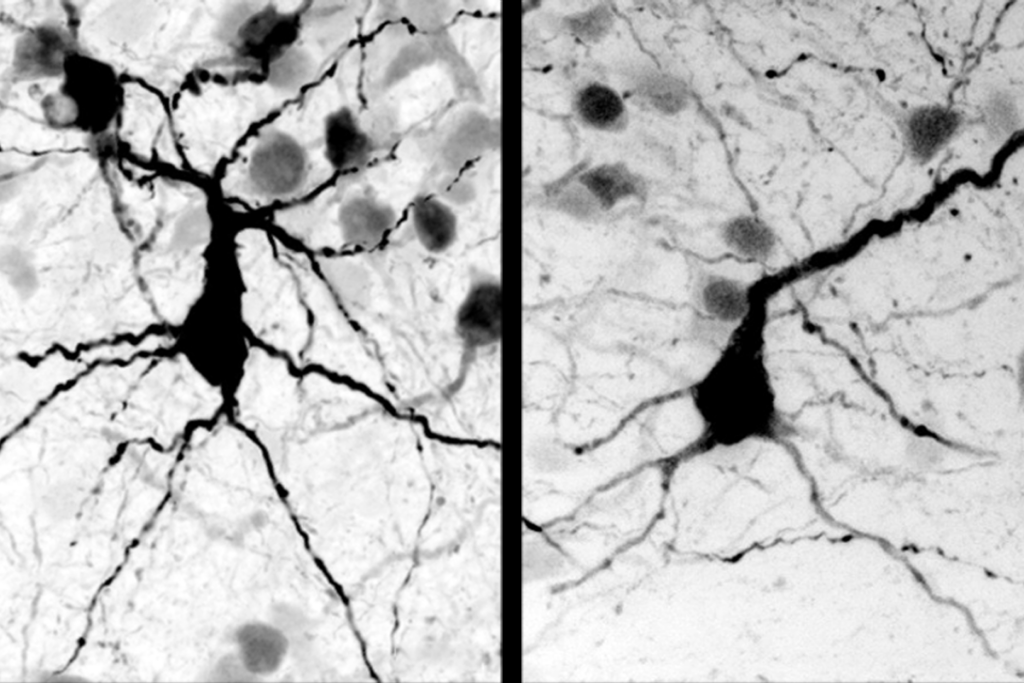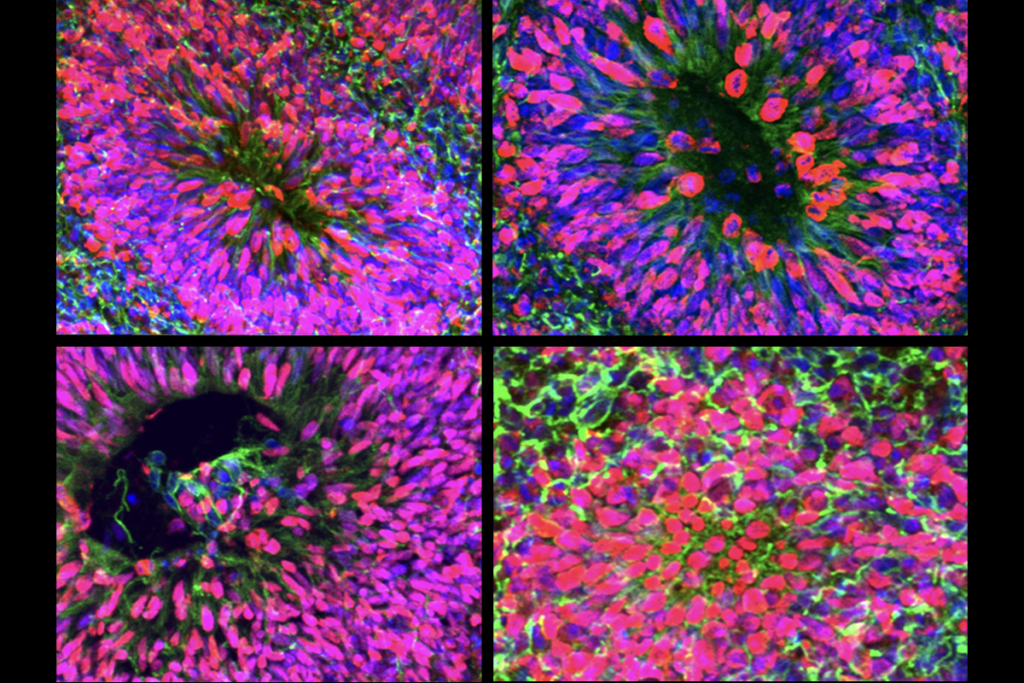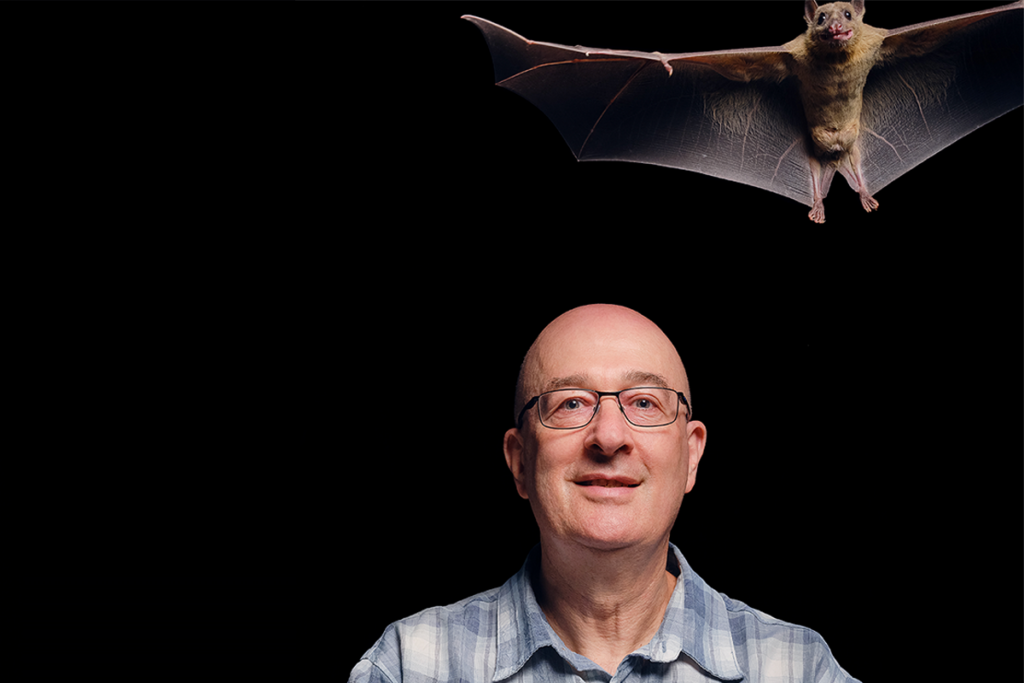- Variants of the autism-linked gene CNTNAP2 are associated with language skills, but not with overall communication abilities, in school-age children with autism. Autism Research
- People with biallelic variants of the ANK3 gene, which are linked to intellectual disability, tend to show more-profound traits than do their peers with monoallelic variants. Clinical Genetics
- Autism trait intensity appears to be related to adaptive functioning and is stable over time in recently diagnosed autistic children. Spectrum has previously covered autism trajectories. Journal of Autism and Developmental Disorders
- Duplication of the gene UBE3A, which has been linked to autism, leads to sex-biased changes in transcription, brain connectivity and behavior in mice. Science Advances

Loose links: Connectivity in several brain regions is lower (blue) in female mice that carry a variant of the UBE3A gene than in wildtype mice.
- In a marmoset model of autism, sensory reactivity leads to disrupted predictive coding of sensory inputs. Spectrum has previously covered altered predictive coding in autism. Communications Biology
- The U.S. National Institute of Child Health and Human Development has announced a funding opportunity for archiving datasets. grants.nih.gov
- The promises of future health benefits from collecting and storing umbilical cord blood, which costs thousands of dollars to do, too often do not bear out. Spectrum has previously covered the questionable practices of companies that offer to preserve stem cells. The New York Times




